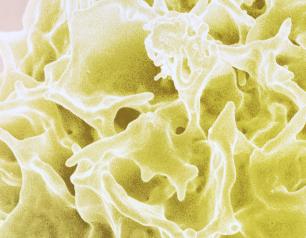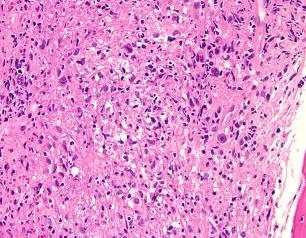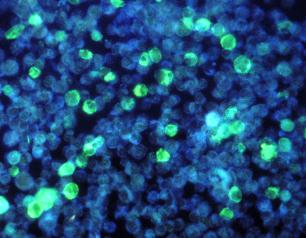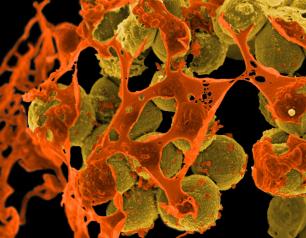NIAID supports research to understand, diagnose, and treat many of the world’s most intractable and widespread diseases. Explore NIAID research through the diseases and conditions as well as the cross-cutting disciplines and approaches below.
Filter research areas by:
Disciplines & Approaches |
All Diseases & Conditions |
Allergic Diseases |
Immunologic Diseases |
Infectious Diseases
4 Results
Autoimmune Diseases
NIAID-supported research seeks to understand how the immune system contributes to autoimmunity, to develop better diagnostic tools and animal models of autoimmune disease, and to identify effective treatment and prevention strategies. Unlike disease-specific research, this research approach has the potential to improve understanding and lead to treatments for many different autoimmune diseases.

Autoimmune Lymphoproliferative Syndrome (ALPS)
Autoimmune lymphoproliferative syndrome (ALPS) is a rare genetic disorder of the immune system first described by NIH scientists in the mid-1990s that affects both children and adults. In ALPS, unusually high numbers of white blood cells called lymphocytes accumulate in the lymph nodes, liver, and spleen and can lead to enlargement of these organs.

Primary Immune Deficiency Diseases (PIDDs)
Primary immune deficiency diseases (PIDDs) are rare, genetic disorders that impair the immune system. Without a functional immune response, people with PIDDs may be subject to chronic, debilitating infections which can increase the risk of developing cancer. Some PIDDs can be fatal.

STAT3 Dominant-Negative Disease
STAT3 dominant-negative disease (STAT3DN)—also known as autosomal dominant hyper-IgE syndrome (AD-HIES) or Job’s Syndrome—results from mutations in the gene that encodes a signaling protein called STAT3. People with this disease tend to have very high levels of an antibody called immunoglobulin E (IgE), recurrent infections of the skin and lungs, recurrent bone fractures, unusually flexible joints, and inflamed skin.


